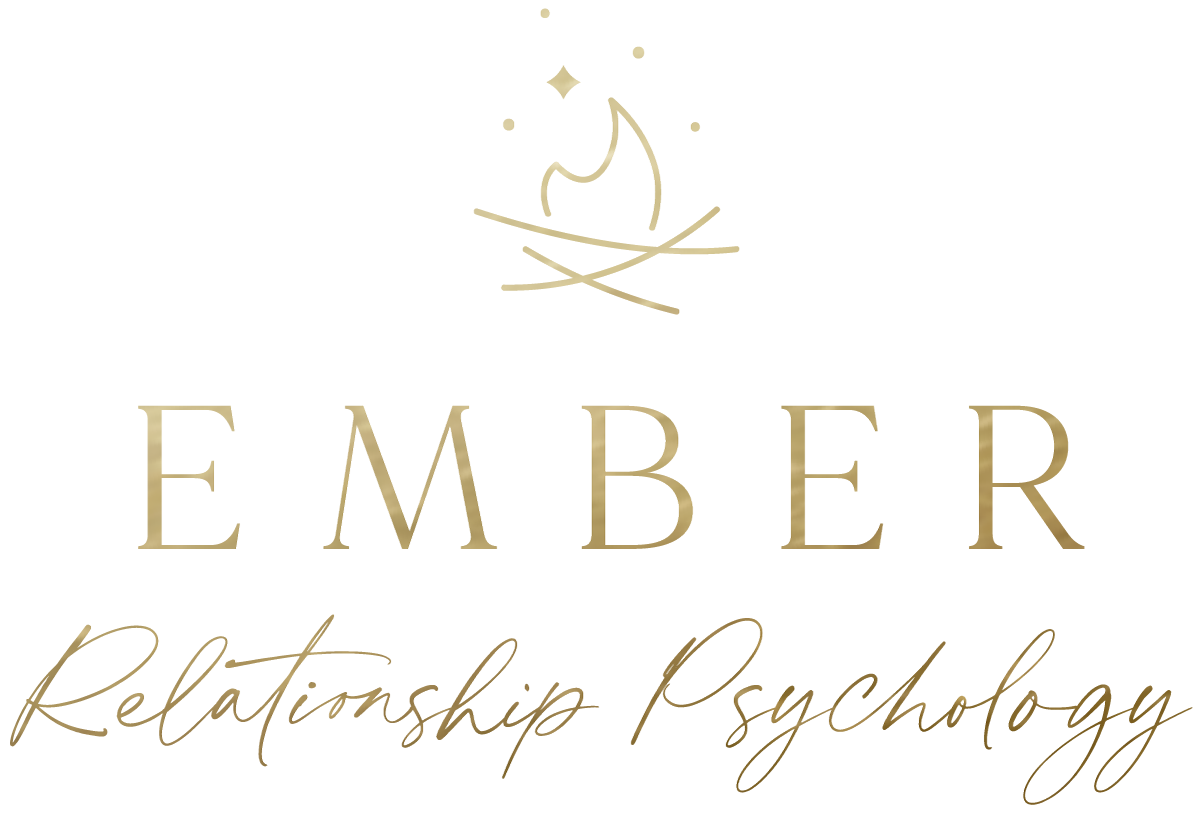The Mistake that Stops Communication
by Amber Dalsin, M.Sc., C.Psych.
Avoid Toxic Patterns: What not to do
To illustrate a common communication mistake, I’d like to share an interaction from the TV show The Crown. I have no idea if this is what they were really like, however the series paints some very real relationship moments.
Ignore Each Other Vulnerabilities & Triggers
Princess Margaret and her husband Antony visit America for her husband’s book launch. But the real conflict started long before.
The Princess grew up in her sister’s shadow. She feels an enduring vulnerability to always coming second or being overlooked.
As she and her husband travel across the US, the media calls her magnificent; article after article reports how marvellous she is. She revels in the attention.
Anthony isn’t sensitive to her need for attention and to be in the spotlight. She isn’t sensitive to his needs to have some of the spotlight either.
Ignoring Your Partner’s Needs
One night at a speakeasy, she is drinking and surrounded by people in the center of the room. Her husband sits at the bar alone, tapping his forehead. As they walk to their hotel room, he grumbles that she ignored the signal that he wanted to leave. She dismisses his concerns, and they continue to criticize, defend, and counterattack all the way back to their hotel room.
Putting Each Other Down
In their room, she mocks him, “I’m sorry you are Tony who? Oh yeah, the husband guy.”
Sullen, he responds, “It’s not easy sometimes.”
She counters, “What is not easy?”
Name-Calling
“Being second fiddle to a pigmy princess,” He replies.
She stomps her foot and retorts, “Don’t talk to me about being a second fiddle. I get so little, I get so little limelight.”
He laughs, and she looks down at him, one hand on her hip. “No, it’s the price I pay for the sister I have, but if the opportunity should once arise for me to shine, I’d appreciate you putting aside the competitive little narcissist that rages within you, letting me savour it.”
Insincere Fixes
She takes a few steps towards him. “I promise, once we get to New York, the spotlight will be entirely on you, and your book. I’ll take a back seat, and be the adoring and supportive number two, you want me to be. Nothing will make me happier.” The scene ends.
As someone who watches couples’ conflicts and is always ready to interrupt when I see a blowout coming, I was on the edge of my seat waiting to see how Tony would react to being called a competitive little narcissist. Oh boy, there are only so many names you can call your partner before something bad happens.
The telling part about Princess Margaret’s monologue is that she follows her contemptuous outburst with a contemptuous repair.
She knows what it’s like to play second fiddle. She sees his need to be the one in the spotlight, acknowledges it, and makes an offering for how she will deliver. But if she wanted to draw him near for her needs to really be met, to finally be heard and understood, she failed.
The Big Mistake
You might have already guessed it.
For repairs to be successful, the relationship needs to be in a good overall climate. You can see from the short snippet of this interaction, there is a lot of contempt in this relationship. Contempt is toxic.
It’s not just the words, it’s how she says them: filled with spite. So, she may have said some of the right words, but her tone likely undermined anything helpful.
Contempt pushes your partner away; it makes them feel unsafe. What to do we do in the face of danger? We escape, avoid, or attack. Any communication is stopped in its tracks.
Where There’s Contempt -
Research on toxic communication patterns in relationships shows that contempt is an accurate predictor of divorce. So I’m not a bit surprised when Wikipedia tells me Princess Margaret and Antony Armstrong-Jones divorced in 1960.
This blog is not meant to be a substitute for couples therapy or relationship counselling. This should not be construed as specific advice. See a relationship therapist in your area to address your specific problems.

